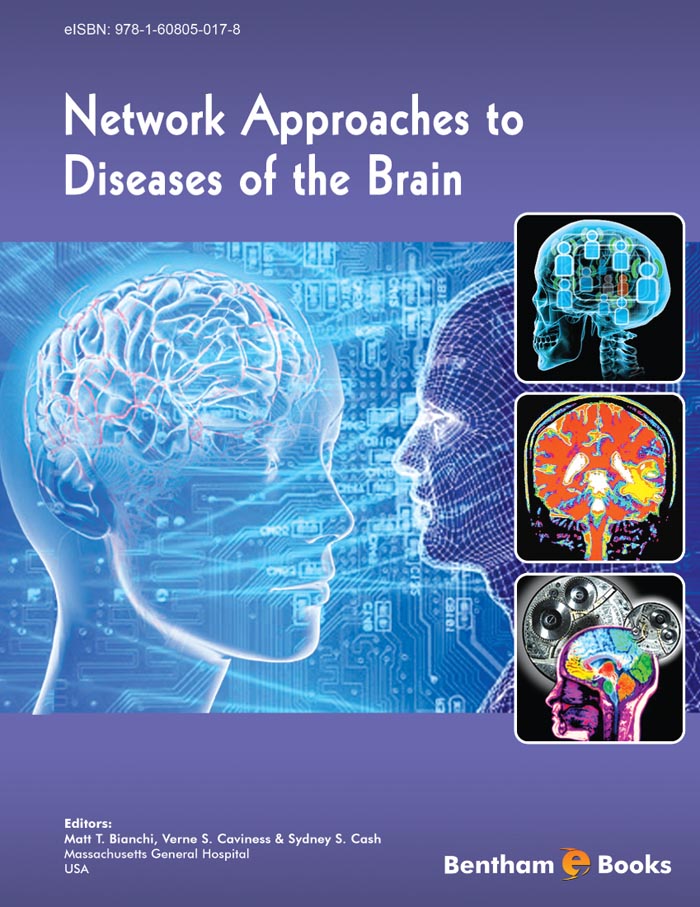Preface
This endeavor grew out of a reading group of neurology residents begun several years ago and based on the
foundational work of Buzsaki’s Rhythms of the Brain as the centerpiece. Although many of us found the language of
networks and oscillations to be somewhat unfamiliar to the parlance of our clinical training in the traditional
connectionist approach to diseases of the brain, with each chapter we collectively felt the importance of these unique
perspectives to understanding brain disorders. These monthly meetings brought neuro-minded individuals together
for discussion, and we are deeply indebted to this group for sharing in our continued learning process across these
fascinating fields. In particular, we extend our thanks and appreciation to Drs. Ali Atri, Justin Baker, James
Bartscher, Adam Cohen, David Kaplan, Joshua Klein, Atul Maheshwari, Kazuma Nakagawa, Jay Pathmanathan,
David Stark, Vivek Unni, Brian Wainger, Zelime Ward, Brandon Westover, and Timothy Yu. In particular we
would like to thank the late Dr. Edward Bromfield for valuable discussions in the early phases of our writing.
Certainly our own conceptual framework has drawn profoundly from the growing literature spanning basic and
clinical neurosciences. While the translation of these techniques and perspectives into clinically relevant diagnostic,
prognostic, and treatment strategies are in their infancy, the trajectory of the learning curve appears already quite
steep. Adding these facets to the clinician’s conceptual armamentarium promises to rapidly narrow the gap between
the theoretical and the practical implications for individual patient care.
The text is not meant to be a specialized compendium reference, nor a highly technical niche review, but rather a
linking “edge” between the nodes of basic and clinical researchers and practitioners - and with any such attempts,
sharing a common language is a crucial first step. We hope that these chapters will shed light bi-directionally, as the
basic scientists and clinicians who study and treat disorders of the brain have much to learn from one another.
Whether one cares about the brain from the perspective of neurology, psychiatry, or philosophy, there is a certain
shared sense of awe inspired, perhaps equally, by the careful observation of normal and pathological brain function.
It is therefore with humble appreciation that we thank those who contributed to the current collection. On behalf of
all of the authors, we hope that our attempt to capture the excitement of this field will inspire further collaborations
and development of novel approaches, with a keen eye towards the clinical relevance of these exciting endeavors.
Matt Bianchi
Sleep Division
Neurology Department
55 Fruit Street, Wang 7
Massachusetts General Hospital
Boston, MA 02114,
USA
Verne Caviness and Sydney S. Cash
Neurology Department
55 Fruit Street, Wang 7
Massachusetts General Hospital
Boston
MA, 02114
USA

